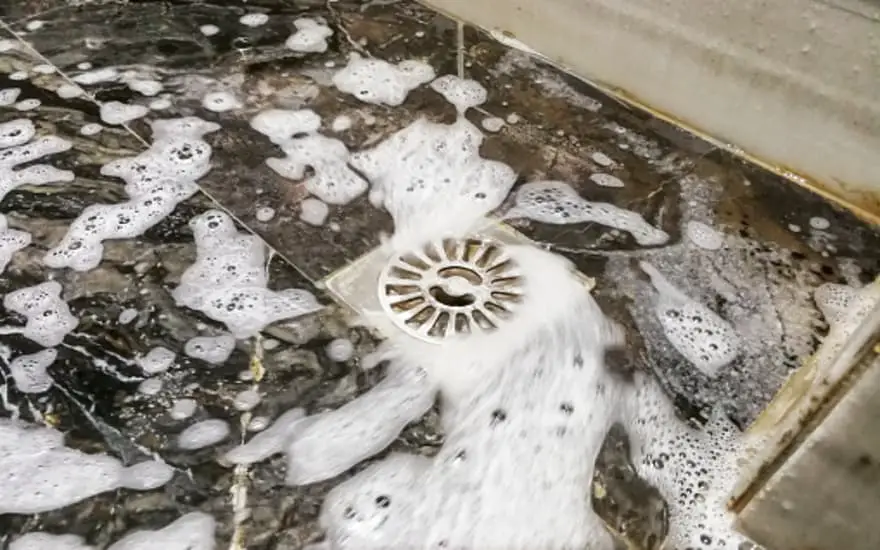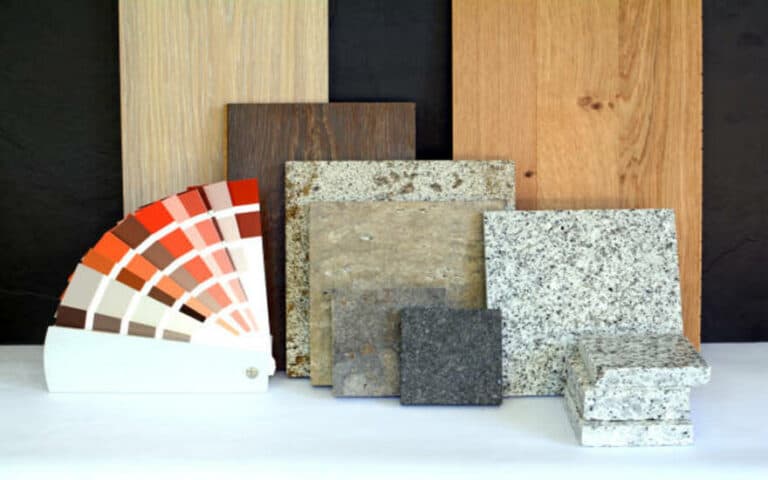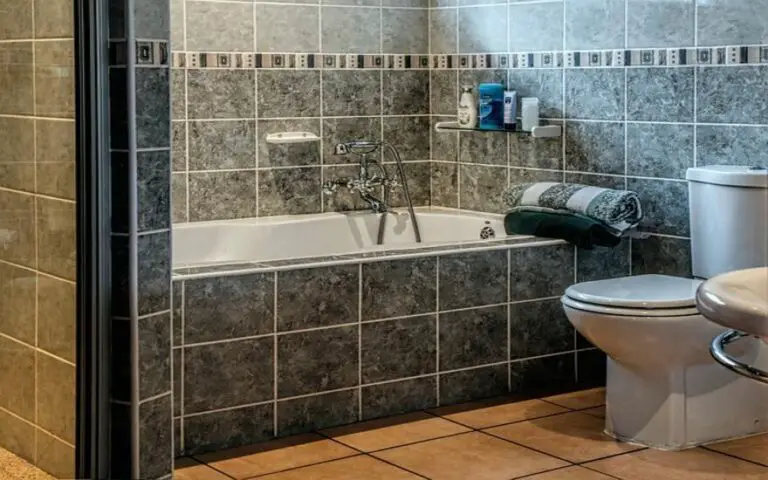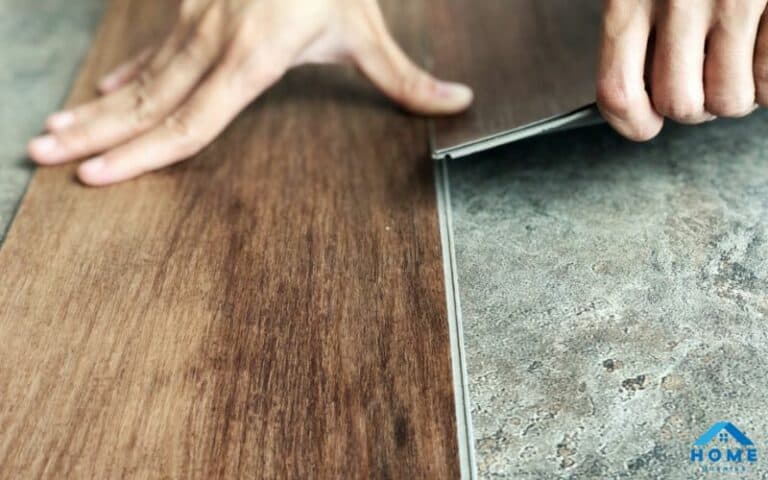When it comes to bathroom design, having a drain on your bathroom floor is essential. But do you need one? In this article, we’ll explore what a drain in the bottom of a bathroom is, the benefits of installing one, the different types available, the advantages and disadvantages of having a drain in the floor of your bathroom, the safety considerations to keep in mind, the difference between floor sinks and floor drains, how to plumb a bathroom floor drain, does a basement need a bottom drain, how to establish a drain in your bathroom floor, and the cost of installing a drain in your bathroom floor.
Short Tone: Do you need a drain on the bathroom floor?
A drain in your bathroom floor is one of those features that many people take for granted. After all, the vast majority of bathrooms have them. But do you need one? What are the benefits of having one? What should you consider when installing one? All these queries and more will be responded to in this article.

What is a Drain in the Floor of a Bathroom?
A drain in a bathroom floor is simply a large, open hole in the bottom connected to a plumbing system. This allows water to drain quickly and efficiently from the bathroom and into the sewer system. These drains are often located in the center of the bathroom but can also be found in the corners or along walls.
Benefits of Installing a Drain on the Floor of Your Bathroom
There are several benefits to installing a drain on your bathroom floor. First, it helps to keep the foot dry, especially if you have hardwood or tile floors. It also helps to keep the bathroom smelling fresh and free from mold and mildew, which can be a problem in bathrooms without adequate drainage. Finally, a drain on your bathroom floor can help prevent water damage, which can be costly.
Different Types of Drains on the Floor of a Bathroom
There are several different types of drains on the floor of a bathroom. The most common type is a linear drain in the bathroom’s center. These drains are generally covered with a grate to help keep debris out. Other gutters include trench drains, which are narrow and run along the room’s perimeter, and floor sinks, which are more profound than linear drains and are often used in larger bathrooms.
Advantages and Disadvantages of Having a Drain on the Floor of Your Bathroom
Advantages
Having a drain on the floor of your bathroom has a few advantages.
- First, it can help to keep your bathroom dry and free from mold and mildew.
- It also helps prevent water damage, which can be costly.
- Finally, it can help to keep the bathroom smelling fresh.
Disadvantages
However, there are a few disadvantages to having a drain on your bathroom floor.
- First, cleaning around the drain cannot be easy, as it is located in the center of the room.
- Second, if the drain is not installed correctly, it can cause water to back up in the room, which can be a significant inconvenience.
- Finally, some floor drains are more expensive than others, so you may need to budget for the installation.
Do You Need a Drain on Your Bathroom Floor?
The response to this inquiry counts on your specific needs. Having a drain on the floor is a good idea if you prefer a dry bathroom. Similarly, having a drain on the bottom is a must if you are concerned about water damage or mold and mildew.
On the other writing, if you don’t oversee a moist bathroom, you may not need to install a drain on the floor.
Safety Considerations When Installing a Drain on Your Bathroom Floor
Safety is essential when installing a drain on your bathroom floor. First, ensure the drain is installed correctly, as improper installation can lead to water backing up in the room. Second, ensure the drain is covered with a grate to help keep debris out.
Finally, ensure the drain is correctly connected to the plumbing system, as a faulty connection can be a severe hazard.
Drain in the middle of the bathroom floor
Tell me the difference between floor sinks and floor drains.
The main difference between floor sinks and floor drains is the depth. Floor sinks are deeper than floor drains, and they’re often used in larger bathrooms. Floor sinks are also more expensive than floor drains, requiring more plumbing work to install.
How To Plumb Bathroom Floor Drain: 7 Easy Steps
Installing a drain in the floor of your bathroom is a relatively simple process, but it’s essential to follow the proper steps to ensure a safe and secure installation.
Here are the seven easy steps for how to plumb a bathroom floor drain:
- Locate the drain opening in the floor and mark it.
- Cut the flooring around the drain opening with a saw or other cutting tool.
- Install the drain pipe and connect it to the plumbing system.
- Install the drain grate over the drain opening.
- Connect the drain pipe to the trap.
- Connect the web to the plumbing system.
- Test the drain to make sure it is functioning correctly.
Tiling a shower with point drainage
Frequently Asked Questions
Does a basement need a floor drain?
In most cases, a basement does not need a floor drain. However, if the basement is prone to flooding or has a high water table, a floor drain may be necessary to prevent water damage.
How to Install a Drain on Your Bathroom Floor?
Installing a drain on your bathroom floor is a relatively straightforward process. Still, following the proper steps is essential to ensure a secure and safe installation.
First, locate the drain opening on the floor and mark it.
Next, use a saw or other cutting tool to cut the flooring around the drain opening. Once the drain opening is cut, install the drain pipe and connect it to the plumbing system.
Then, install the drain grate over the drain opening. Once the grate is in place, click the drain pipe to the trap and connect the web to the plumbing system.
Finally, test the drain to make sure it is functioning correctly.
Cost of Installing a Drain on Your Bathroom Floor
The cost of installing a drain on your bathroom floor can vary depending on the type of drain, the materials used, and the complexity of the installation. Generally speaking, a linear drain can range from $100 to $500, while a floor sink can cost anywhere from $500 to $2,000. If you’re on a budget, it’s best to opt for a linear drain, as they are less expensive and easier to install.
Drain in the bathroom floor smells
Wrap Up
A drain on your bathroom floor is essential for keeping the foot dry and preventing water damage. Several different types of gutters are available, each with its advantages and disadvantages. Additionally, it’s essential to consider the cost and safety considerations when installing a drain on your bathroom floor. Ultimately, deciding whether to install a drain on your bathroom floor depends on your individual needs and preferences.






